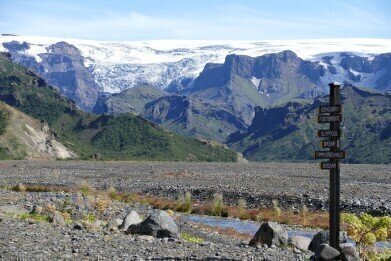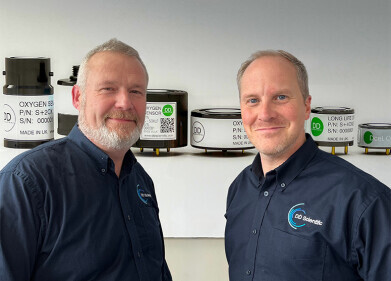Business News
How is 'Thor' Helping Iceland to Access Clean Energy?
Jun 24 2017
He’s known to aficionados of mythology as the Norse god of thunder, and to cinema lovers as the hammer-wielding, golden-haired superhero of Marvel fame… but now Thor could be lending his name to an ambitious renewable energy project in Iceland.
Like something you might expect to see on the silver screen, Icelandic energy companies are looking to further harness the country’s incredible geothermal potential by tapping directly into reserves of the energy source buried inside the base of a volcano.
Icelandic Deep Drilling Project
Officially known as the Icelandic Deep Drilling Project (IDDP), the scheme aims to capitalise on the fantastic pressure and temperature that water undergoes when buried deep down at the base of a volcano.
At depths of almost three miles, the water can regularly reach temperatures in excess of 400°C and pressures of well over two hundred atmospheres. At such extreme conditions, the water actually ceases to become a liquid – instead converting into a supercritical fluid somewhere between liquid and gas.
While it is limited by the properties of neither state, supercritical fluid still behaves like both, dissolving certain substances like a liquid and moving through and around others effortlessly like a gas. In this state, it has huge potential for energy generation.
Up to 10 times the output
Initial tests were completed at a volcano in the Reykjanes region in late January and the IDDP are now looking at whether the technique is feasible on a large scale, both financially and environmentally.
In theory, it could be a huge boon for energy generation, since a supercritical geothermal power station has the potential to produce significantly more electricity than a traditional one. “We expect to get five to 10 times more power from the well than a conventional well today,” explained Albert Albertsson, one of the engineers at the company behind the scheme HS Orka.
If the sums are correct, that means just three to five of these new plants could power a city the size of the Reykjavik – a feat which currently requires the input of 30 to 35 traditional wells. With concerns about emissions from medium combustion plants at an all-time high, the efficiency of the supercritical wells could be exceptional news even for a country as green as Iceland.
Good, but not good enough?
Iceland is renowned for its excellent approach to energy generation. Indeed, its huge geothermal potential has allowed it to become the only nation on Earth to harvest 100% of its electricity from renewable sources (one quarter of this is geothermal).
However, rising vehicular traffic, a robust tourism industry and extensive industrial activity mean that the country is still guilty of spewing out vast amounts of carbon dioxide (CO2), despite this impressive feat. As a result, it may still be in danger of falling short of its targets as agreed upon at the Paris climate talks in 2015.
By the IDDP’s own admission, the project is still a long-term one and the drilling of volcanic base water is nowhere near presenting itself as a viable alternative fuel source. But despite ongoing concerns about how volcanic emissions might affect other parts of the world, Albertsson and his colleagues continue to enlist Thor’s help in the quest for a clean, safe and renewable source of energy.
Digital Edition
IET 34.2 March 2024
April 2024
Gas Detection - Biogas batch fermentation system for laboratory use with automatic gas analysis in real time Water/Wastewater - Upcycling sensors for sustainable nature management - Prist...
View all digital editions
Events
Apr 24 2024 Jakarta, Indonesia
Apr 24 2024 Sao Paulo, Brasil
Apr 30 2024 Melbourne, Australia
Apr 30 2024 Birmingham, UK
May 03 2024 Seoul, South Korea



















